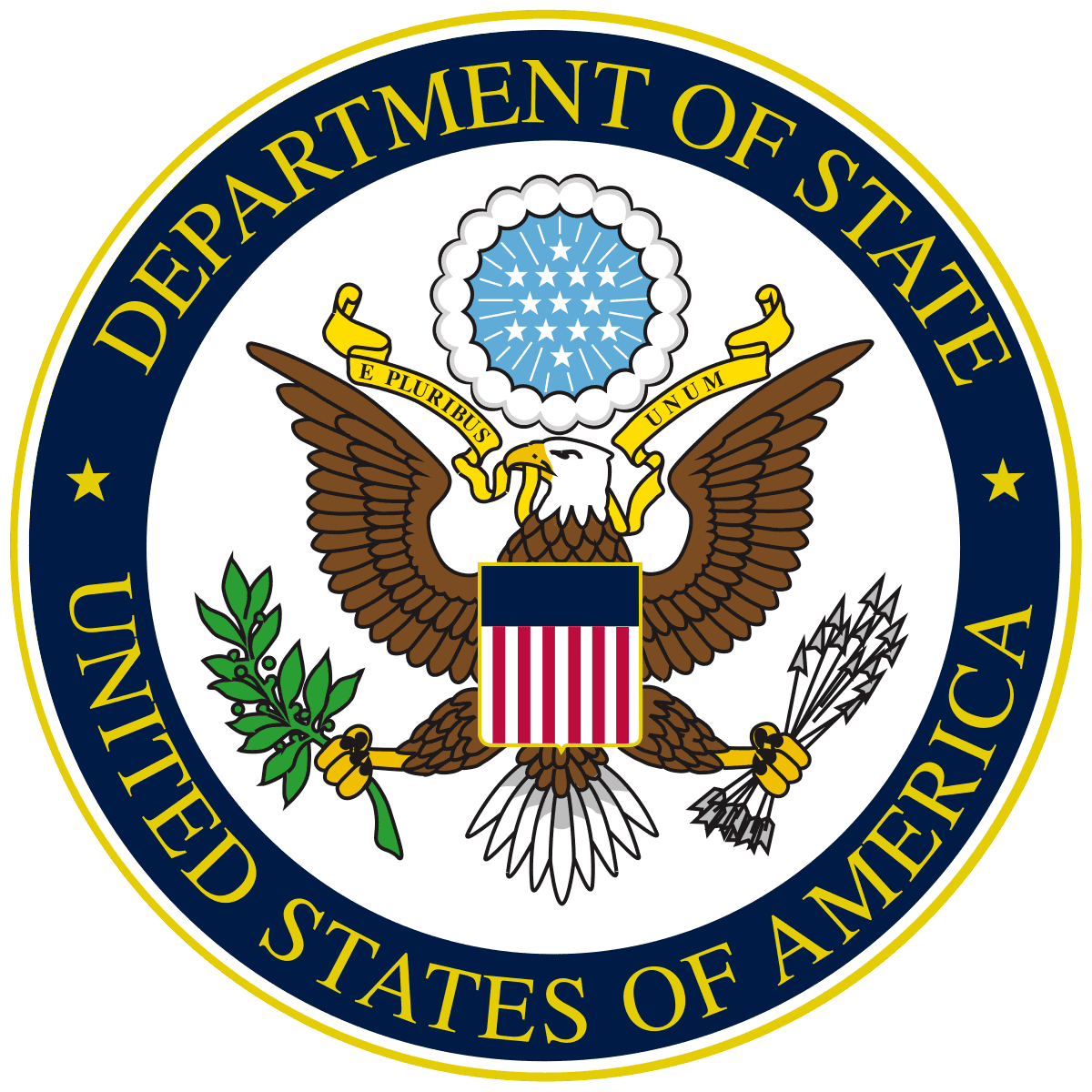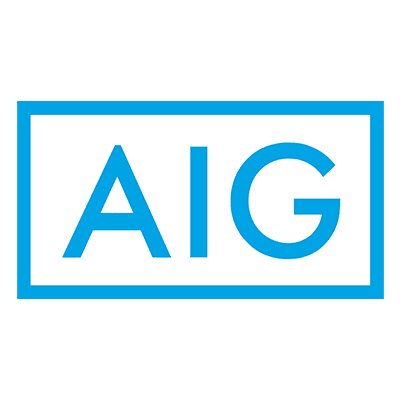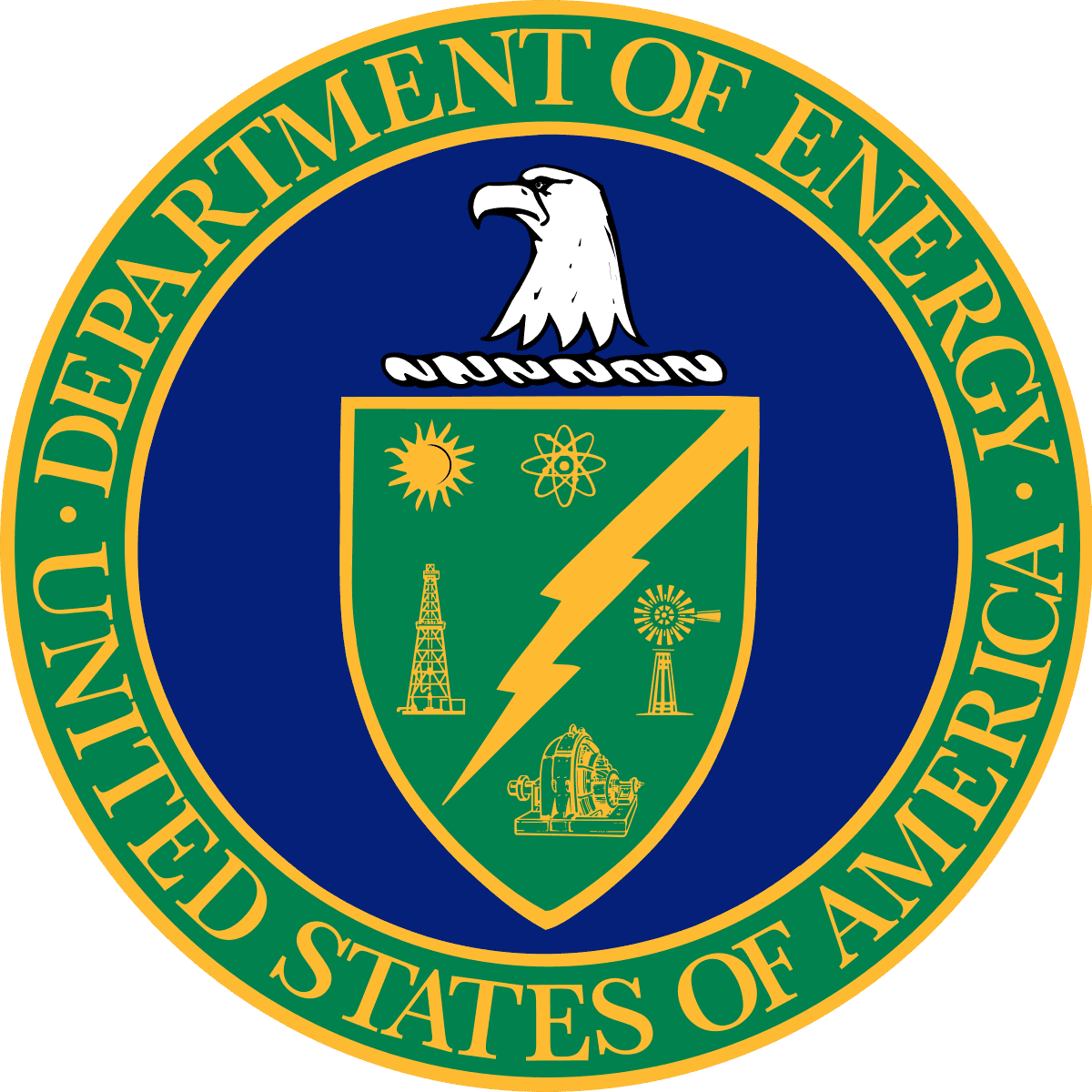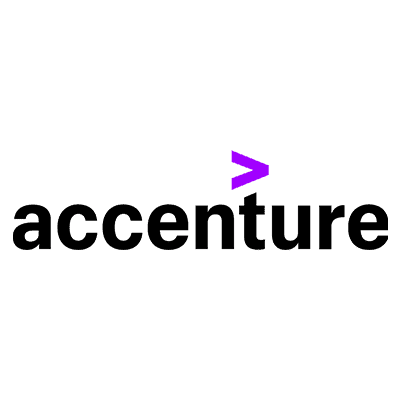
5 Sep 2023
The Challenge to Develop Africa's Sustainable Energy and Digital Economy
The challenge to develop Africa's economies in a sustainable fashion is drawn into stark relief when considering its Digital Infrastructure. With several bright spots in beginning the journey to Digital Economies, the continent nevertheless lags in most areas of Digital Infrastructure, especially in its server density.
IDCA Research produced its inaugural Digital Readiness of Nations Index early in 2023, and has identified the dimensions of this challenge. The world averages about 13,000 servers per one million people – in Africa, that average number is around 600, or less than 5% of the world average.
These numbers provide a fair illustration of the gap between Africa and the world, but don't show the vast gulf between top and bottom and the skewing of the numbers by a few countries. The primary fact about the world's servers is that more than 50% of them are in the US, and 40% of those concentrated in the nation's capital region.
The US thus has an average server density of more than 140,000 per million people – in the Washington DC area, the number of servers exceeds the number of people. The small nations of Denmark has roughly twice the server density of the US overall, while the small nations of Belize, the Netherlands, Ireland and Switzerland approach the US's density. Germany's server density is about 70% of the US.
South Africa has by far the most robust server density on the continent, with about 14,000 servers per million people. The next half dozen leaders, with between 900 and 200 servers per million people, are Mauritius, Libya, Morocco, Tunisia, Botswana, and Kenya.
Most of the other components of Africa's Digital Infrastructure lag the world, too, but not as starkly as with servers. Internet speeds need to improve by a factor of 5X or so to reach adequate levels, and Internet access below 20% of the population are still prevalent across at least two-thirds of the continent.
Mobility is a bright spot, with several countries (including South Africa and Ghana) exceeding the US in the number of subscriptions per population – though this represents basic phone/text communications, and not Internet-driven apps.
The issue of developing sustainable energy in Africa in in clear focus this week at the Africa Climate Summit in Nairobi. The issue of developing sustainable economies at the same time is a larger issue, with server density as one of its fundamentals.
Yet planning for socioeconomic growth is not a precise business, and it's difficult to establish strong correlations between specific factors (say, a massive data center building initiative) and direct, measurable progress, especially in the short term.
IDCA Research has developed detailed overall pictures for 37 African nations, along with cost estimates to bring individual nations up to certain levels, as a starting point for organizations, governments, and investors to consider Africa's potential and act upon it.
Photo of Ghanian MESTI officials by IDCA.
Follow us on social media:


.d57b427b.png&w=3840&q=75)

















